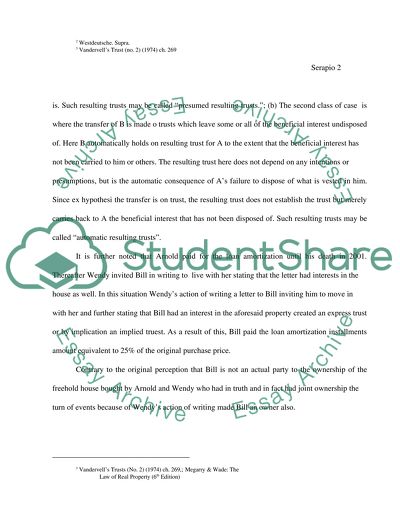Cite this document
(“Trust in a law Case Study Example | Topics and Well Written Essays - 2000 words”, n.d.)
Retrieved from https://studentshare.org/miscellaneous/1529958-trust-in-a-law
Retrieved from https://studentshare.org/miscellaneous/1529958-trust-in-a-law
(Trust in a Law Case Study Example | Topics and Well Written Essays - 2000 Words)
https://studentshare.org/miscellaneous/1529958-trust-in-a-law.
https://studentshare.org/miscellaneous/1529958-trust-in-a-law.
“Trust in a Law Case Study Example | Topics and Well Written Essays - 2000 Words”, n.d. https://studentshare.org/miscellaneous/1529958-trust-in-a-law.


